Discover the art of pairing vegetables with roasted fish to create flavorful and nutritious meals. Whether you’re a seasoned home cook or new to the kitchen, roasted fish with vegetables offers a versatile and satisfying dining experience. In this guide, we’ll explore the best vegetables to pair with your favorite fish, share simple cooking methods, and provide expert tips to ensure your dishes are both delicious and visually appealing. From classic combinations to innovative ideas, learn how to elevate your seafood meals with fresh, seasonal produce. This article dives into the secrets of roasting fish and vegetables together, offering insights into achieving perfectly tender fish and vibrant, crisp vegetables every time. Get ready to transform your dinner table with these easy-to-follow recipes and cooking techniques!
Key Takeaways:
- Root Vegetables: Opt for carrots, potatoes (especially Yukon Gold), and zucchini for their sweet and creamy flavors that complement the fish.
- Leafy Greens: Include spinach, kale, and asparagus for their nutrient-rich properties and mild to bitter flavors that enhance the dish.
- Alliums & Herbs: Use red onions, garlic, leeks, and bell peppers (both red and yellow) for their aromatic and savory notes that add depth.
- Unique Veggies: Add Brussels sprouts for their nutty flavor and satisfying crunch, and tomatoes for their acidity, paired with olives or capers for a tangy touch.
- Exotic Flavors: Incorporate fennel for its licorice-like essence, offering a twist to the dish.
- Cooking Considerations: Ensure vegetables are roasted until tender, maintaining their texture and flavor while cooking alongside the fish.
These selections provide a diverse range of textures and flavors, ensuring a balanced and visually appealing meal.
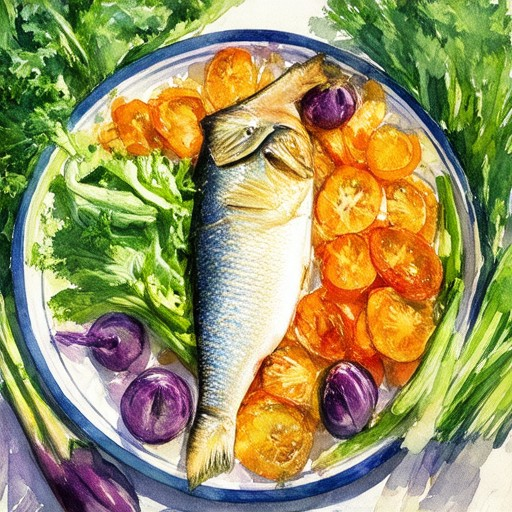
Vegetables that Pair Well with Fish
When pairing vegetables with fish, it’s important to consider texture, flavor, and how they complement the fish. Here are some excellent vegetable options:
- Starchy Vegetables:
- Potatoes – Great with grilled or baked fish, try roasted potato wedges or mashed potatoes.
- Corn on the cob – A summer favorite, perfect for barbecued fish.
- Sweet potatoes – Ideal for Caribbean-inspired fish dishes, like jerk salmon.
- Cruciferous Vegetables:
- Broccoli – A versatile choice, especially with white fish like cod or tilapia.
- Brussels sprouts – Pair well with fatty fish like salmon or mackerel.
- Kale – Works beautifully in salads or as a steamed side with grilled fish.
- Leafy Greens:
- Spinach – Perfect for fish tacos or as a sautéed side with seafood.
- Arugula – Adds a peppery kick, ideal for lighter fish dishes like swordfish.
- Baby spinach – Great in pasta dishes with shrimp or scallops.
- Bell Peppers:
- Red, yellow, or orange bell peppers – Add vibrant color and crunch to fish dishes.
- Pepperoncini – A tangy option for more adventurous fish eaters.
- Root Vegetables:
- Carrots – Sweet and crunchy, perfect for stir-fries or roasted fish dishes.
- Beets – Earthy flavor that complements fish like trout or salmon.
- Radishes – Sharp taste that adds contrast to rich fish dishes.
- Other Vegetables:
- Zucchini – Excellent for grilling or roasting with fish like chicken or shrimp.
- Eggplant – Great in ratatouille with fish or as a grilled side.
- Mushrooms – A umami-rich addition to fish dishes like pasta primavera.
- Tomatoes – Add acidity and freshness, perfect for tomato-based fish sauces or salads.
Can I Cook Fish and Vegetables Together?
Yes, cooking fish and vegetables together is a convenient and flavorful approach to preparing a nutritious and delicious meal. Here’s how you can do it effectively:
Benefits of Cooking Fish and Vegetables Together
- Reduces the number of dishes needed.
- Enhances the exchange of flavors between fish and vegetables.
- Saves time and effort in meal preparation.
Methods to Cook Fish and Vegetables Together
- Grilling: Grill fish and vegetables on a barbecue for a smoky flavor. Vegetables like zucchini, bell peppers, and corn work well.
- Baking: Place fish and vegetables on a baking sheet. For instance, bake salmon with asparagus and potatoes.
- Stir-Frying: Combine cooked fish with stir-fried vegetables like broccoli, carrots, and snap peas.
- Sautéing: Sauté fish and vegetables in a skillet or pan. Try shrimp with garlic, spinach, and tomatoes.
Recipe Ideas
- Simple Teriyaki Salmon: Grill salmon with teriyaki sauce and pair it with steamed broccoli and roasted carrots.
- Lemon Garlic Butter Cod: Bake cod in lemon garlic butter sauce with green beans and red potatoes.
- Herb-Roasted Fish and Veggies: Season fish with herbs and roast it alongside sweet potatoes and Brussels sprouts.
Tips for Success
- Season fish and vegetables separately to avoid overpowering flavors.
- Use complementary vegetables like asparagus, zucchini, or bell peppers.
- Opt for quick-cooking fish varieties like salmon, cod, or shrimp to match the vegetable cooking time.
By combining fish and vegetables, you create balanced meals rich in protein, vitamins, and minerals. Experiment with different methods and ingredient combinations to find your favorite recipes!
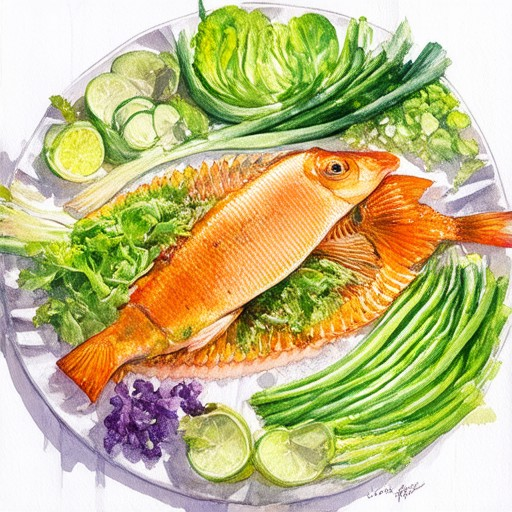
Vegetables That Pair Well with Baked Cod
- Carrots – Sweet and crunchy, roasted carrots are a delightful side that complements the subtle flavor of baked cod.
- Broccoli – Nutty and fibrous, steamed or roasted broccoli adds a satisfying crunch to your fish dish.
- Brussels Sprouts – Their sweet and spicy notes shine when roasted, making them a great match for baked cod.
- Spinach – Sautéed with garlic, spinach provides a healthy dose of iron and flavor that enhances the fish.
- Zucchini – Mild and versatile, roasted zucchini pairs well with cod, offering a fresh and light element to the meal.
- Asparagus – Grilled asparagus adds a touch of elegance and a slight bitterness that complements the cod perfectly.
- Potatoes – Whether mashed or roasted as wedges, potatoes provide a hearty contrast to the fish’s delicate texture.
- Bell Peppers – Their bright color and sweet flavor make them a colorful and tasty addition to any fish dish.
- Green Beans – Fresh and crisp, green beans can be simply steamed or sautéed with a touch of butter for a delicious side.

Baking Fish at 350°F vs. 400°F
When deciding whether to bake fish at 350°F or 400°F, several factors come into play, including the thickness of the fish, preferred texture, and personal taste preferences.
- Temperature Impact: – 350°F: Lower temperature allows for longer cooking times, which can help retain moisture and yield a tender texture. Ideal for thinner fish or those that are closer to the recommended internal temperature of 145°F. – 400°F: Higher temperature speeds up the cooking process, reducing the time needed, especially for thicker fish. However, it may risk overcooking, leading to dryness or flakiness.
- Internal Temperature: – Regardless of the baking temperature, ensure the fish reaches an internal temperature of 145°F to ensure safe consumption.
- Cooking Time: – 350°F: Typically requires 20-25 minutes for a 4-inch thick piece of fish. – 400°F: Generally takes 15-18 minutes for the same size.
- Fish Type and Fat Content: – Fatter fish may benefit from higher temperatures to render fat effectively, contributing to a richer flavor. – Leaner fish may fare better at lower temperatures to maintain tenderness.
- Oven Calibration: – Always use a thermometer to verify the oven’s accuracy, adjusting as needed for even cooking.
- Moisture Retention: – Consider using a covered baking sheet or dish to help retain moisture, especially at lower temperatures.
Ultimately, the choice between 350°F and 400°F depends on individual preferences and the specific characteristics of the fish being cooked. For thicker fish aiming for a firmer texture, 400°F is suitable. For thinner fish or those preferring a softer texture, 350°F may be more appropriate.
Should I Cover My Fish When Baking?
When baking fish, covering it with aluminum foil can help retain moisture, prevent drying out, and enhance flavor. Here’s why and how:
- Moisture Retention: Fish flesh contains natural moisture that can evaporate during baking. Covering with foil traps steam, keeping the fish tender and juicy.
- Even Heat Distribution: Foil reflects heat, helping to circulate it evenly across the fish, ensuring no part becomes overcooked or burnt.
- Flavor Enhancement: Covering allows herbs and spices to infuse into the fish, adding depth to the dish.
- Presentation: Covered fish often looks more appealing, with neater edges and a more intact shape.
However, the choice to cover may vary based on:
- Fish Type: Thicker-skinned fish like salmon may not need coverage, while thin-fleshed fish like cod benefit more from it.
- Cooking Temperature: Higher temps (like 400°F) may necessitate coverage to prevent drying, whereas lower temps (around 350°F) might be sufficient.
- Cooking Time: Monitor carefully to avoid overcooking, using timers or thermometers for precision.
In summary, covering your fish with aluminum foil is a versatile and effective technique for achieving moist, flavorful results. Try it next time for a delicious baking experience!
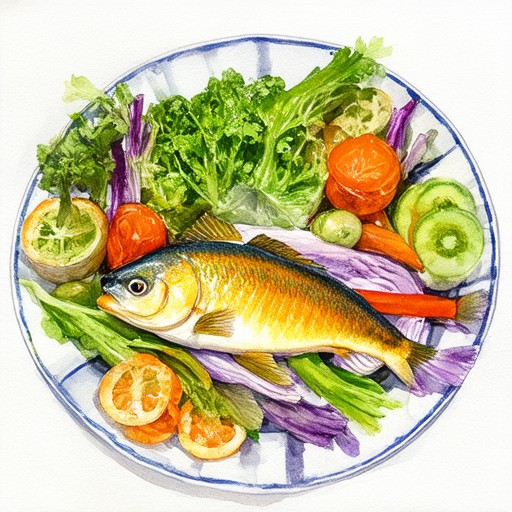
Baking Fish in the Oven at 400°F
The general rule for baking fish at 400°F is:
- Fish thickness: 1 inch (2.5 cm)
- Cooking time: 15-20 minutes
However, specific types of fish may require slight adjustments:
Suggested Cooking Times by Fish Type
- Salmon: 18-22 minutes
- Cod: 16-20 minutes
- Halibut: 20-25 minutes
- Tilapia: 10-15 minutes
Factors Affecting Cooking Time:
- Thickness of the fish fillet
- Whether the fish has skin on or off
- If the fish is seasoned or wrapped in foil
General Tip: Check for doneness by piercing the thickest part with a fork. The fish should be opaque and flake easily when cooked properly.

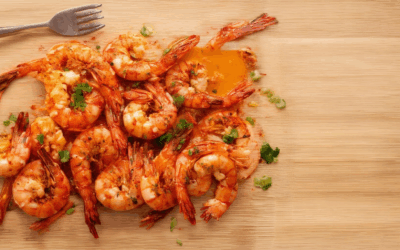
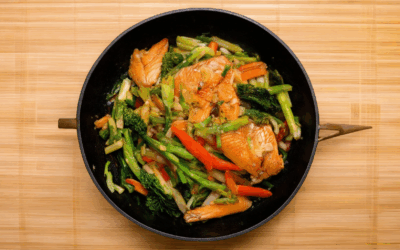
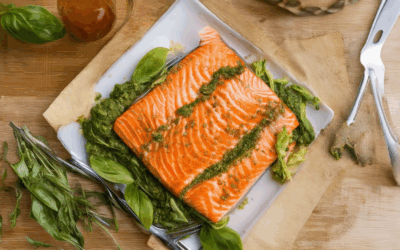
0 Comments